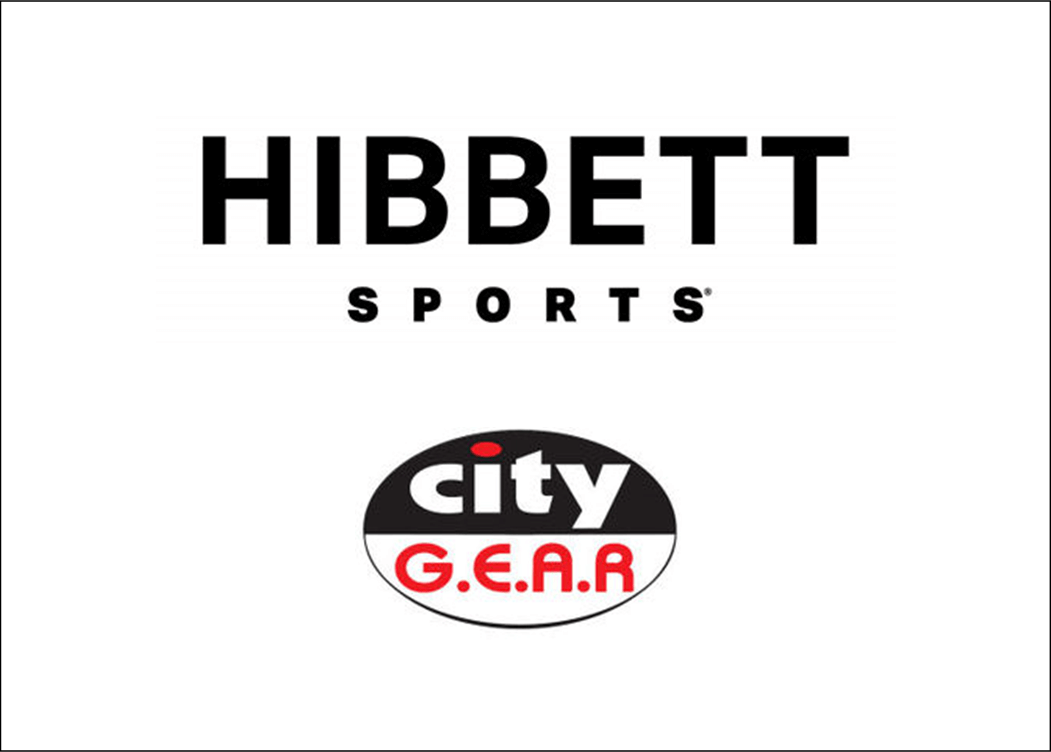![]()
- It’s rare when the CEO of the acquired company takes over as the CEO of the company that did the acquisition. In a traditional acquisition a company is either performing poorly and is on the verge of collapsing or the company is in an upward trajection and capable of disrupting competitors. City Gear was performing poorly. While City Gear had a solid average per transaction, the stores grew quickly after taking over Marty’s, The Athlete’s Foot and other small chains. In the last 10 years the turnover in employees at City Gear has been considerable. In my observation City Gear was trending down. Hibbett Sports, however, was not trending down. The company surpassed my predictions on their expansion West and launched a very good e-commerce plan. $HIBB didn’t need City Gear, but I don’t think City Gear would have made it without $HIBB.
- Hibbett Sports overcame a considerable hurdle by developing one of the most efficient e-commerce sites in the sneaker industry. The site is a beautiful omni-channel experience successfully pulling from brick and mortar to fulfill orders quickly and professionally. City Gear’s e-commerce over the last few years hasn’t grown, and was not very good. It did not pull from brick and mortar to fulfill orders. The system was not touted and promoted in store by employees and Hibbett Sports eventually dissolved citygear.com and folded it into Hibbettsports.com. What does this mean? It states that a company was willing to forego the inherent SEO and search that City Gear did have and wipe out tons of pingbacks and backlinks and replace them with SEO redirects which Google isn’t a big fan of.
- City Gear is an urban account. In the announcement of Longo as CEO it was stated that: Mike has a demonstrated track record for assessing evolving consumer and customer trends and needs and managing with an eye toward not only the short-term, but the long-term as well. Hibbett Sports serves a number of markets within their stores. They sell sporting gear and accessories as well as footwear and apparel. Pulling the head of an urban account (footwear and apparel only) that had put in place a series of outlet stores which created a promotional environment appears to undercut the momentum $HIBB has had especially with Hibbett Sports’ expansion into a very difficult West Coast market. If your customer is primarily a cash based, urban customer and your experience in retail revolves around utilizing a promotional environment to drive foot traffic those are short term plays and they appear in contrast to the work Hibbett Sports has done to move away from the problems the company had only 4 years ago when the share price tanked.
- While this seems like a small detail it is not. Hibbett Sports has a consistent presentation and customer service quality in store. They utilize a team uniform for managers and sales leads. When entering a store a DM is quickly distinguishable from a Manager. The Manager is distinguishable from a Sales Lead. The engagement of the store employees from City Gear to Hibbett Sports is often a case of which store you walk into with City Gear and it is consistent with Hibbett Sports.
- Merchandising was initially a big problem for Hibbett Sports, but over the last three years the store has created a better flow and funnel throughout all of its stores. City Gear, however, still utilizes a strategy of old retail. There isn’t any brand segmentation immediately available by the eye and shopping can become frustrating as the stores haven’t had a redesign (something Nike is looking closely at for retaining accounts) in a while. While City Gear has a lot of rock star managers it appears they are often undercut by an inconsistency in store policies that change often. In many instances it seems that store managers and DMs are left fending for themselves because of items outside of their control. City Gear’s buyers don’t seem to listen to the store managers and to use one brand as an example, they over invest in items from Black Pyramid, when the managers and DMs are more aware of what should be in store.
There are other factors that immediately come to mind, but the obvious one remains that when companies are acquired the CEO is hardly ever moved into the head of the larger company. In model analysis SWOT is often utilized to ascertain the strengths, weaknesses, opportunities and threats.
No One Paid Attention to Hibbett Sports, Inc. 14% Plunge While Foot Locker Was Flying
Hibbett Sports has been a company able to overcome a number of threats prior to acquiring City Gear. They have done the traditional thing post acquisition in closing stores and removing redundancy in the workforce. I still remain wary of their reliance on the Nike Wall, just as I remain wary of City Gear’s reliance on the Nike Wall, but I guess I have to stop looking at the company as separate entities. With the placement of Mike Longo as the CEO it’s obvious they are one company now. While it doesn’t strike me as the right thing to do, what do I know?
I do know that the momentum of $HIBB was created in house with a 21 year veteran and moving an outsider into the CEO’s chair is akin to a coaching staff being forced to remain on board when a new head coach is hired. In sports that doesn’t end well. I don’t think it ends well here either.


